I raised my binoculars, expecting to get a view of a mule deer. I often spotted them in this little valley, and when I saw the tan form, I knew what it was. Or thought I knew. Because as I focused on the animal, something seemed off. And then it moved. It had a long tail.
A mountain lion. While the encounter only lasted seconds – the big cat quickly bounded away – it remains one of my favorite wildlife sightings.
I saw this lion in the canyon country of southwestern Idaho. It may have been a spectacular sight, but no one questioned me. Mountain lions are fairly common, if seldom seen, in Idaho.
On the other side of the country, mountain lion sightings evoke a fiery passion. Many fervently believe mountain lions stalk much of the eastern United States, including the most densely populated state, New Jersey.
Idaho’s Owyhee County, where I saw my first mountain lion, is larger than the entire state of New Jersey. And it is home to fewer than 13,000 people. There’s plenty of space for a mountain lion to hide. In New Jersey, with 9.25 million people? Much less so.
Still, sightings persist. Are there mountain lions in New Jersey? Is it even a remote possibility?
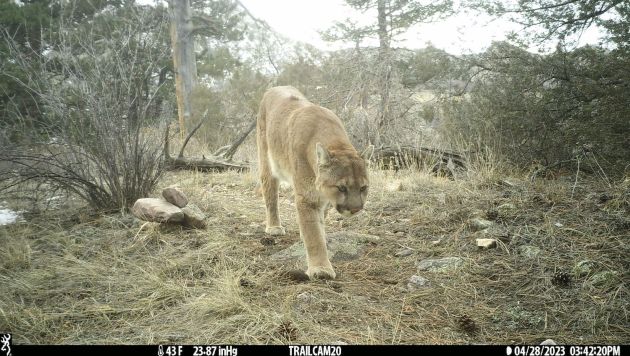
The Eastern Lion
I’ve followed the arguments over eastern mountain lions for decades. I grew up in the woods of Pennsylvania and know the strong opinions this topic generates. In fact, the first outdoor story I was ever paid to write – for Pennsylvania Afield (now Pennsylvania Outdoor News) in 1991 – was about mountain lion rumors in Pennsylvania.
I found it a fascinating subject. You could hear some wild stories sitting around small-town bars. The state game agency is unloading truckloads of mountain lions at night. Not only are there mountain lions, but also black panthers. That sort of thing.
But not all lion incidents could be so easily dismissed, told by serious hunters, naturalists and loggers. These were people who spent a lot of time in the woods and were not prone to Bigfoot-style tall tales.
Eric Olsen, director of conservation programs for The Nature Conservancy in New Jersey, has heard the stories, too. “I’ve talked to more people who believe they’ve seen mountain lions then I can count,” says Olsen. “It does make you think. But I’m a skeptic that there are mountain lions here in New Jersey.”

Mountain lions once ranged across much of the United States, but they were eradicated from most parts of the East by the early 1800s. The population in Florida has managed to hang on. Elsewhere, actual evidence – photographs, camera trap footage, verifiable signs – remains slim.
But there are actual instances that fuel hope. In 2011, a lion was confirmed to be in Connecticut. It had roamed from South Dakota through the Midwest and East. (The full story is masterfully told in Will Stolzenburg’s book, Heart of a Lion). With many western populations of mountain lions thriving, individuals could disperse and find abundant white-tailed deer in the East. But could they survive and thrive there?
The Connecticut lion could not: it was killed by a car strike.
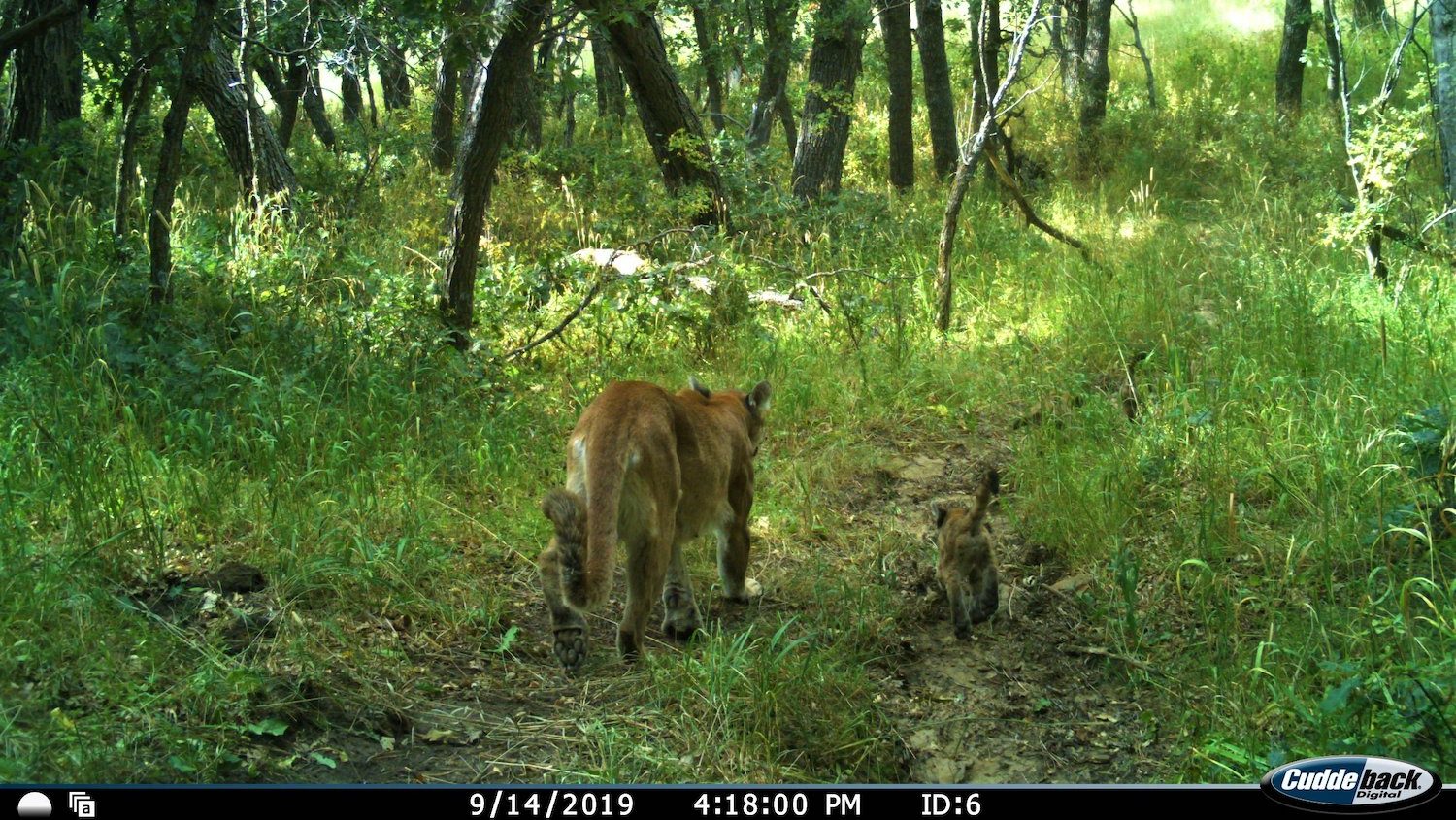
“There are places in New Jersey big enough to sustain a mountain lion or two,” says Olsen. “But there are still people who reside in those landscapes. There are still roads. I would love to think that New Jersey could sustain mountain lions. But the hard evidence has not been found.”
He notes that biologists have utilized scat-sniffing dogs to find evidence of bobcats (more on this species later). The Nature Conservancy and other organizations have wildlife cameras at road-stream crossings, at preserves and in other areas used by wildlife. And still: no evidence.
I’m a skeptic too, in no small part because of my experience with mountain lions in the western United States. They are certainly elusive and difficult to spot. Even where they’re common, you rarely if ever catch a glimpse of one. They often roam in some of the largest wildernesses and national forests in the continental United States.
While sightings may not be common, people do see them, photograph them, find easily verifiable kills and tracks and scat. Animals get killed on the road. There’s never any doubt. They’re here.
So what exactly is going on with mountain lion sightings in the eastern U.S.?
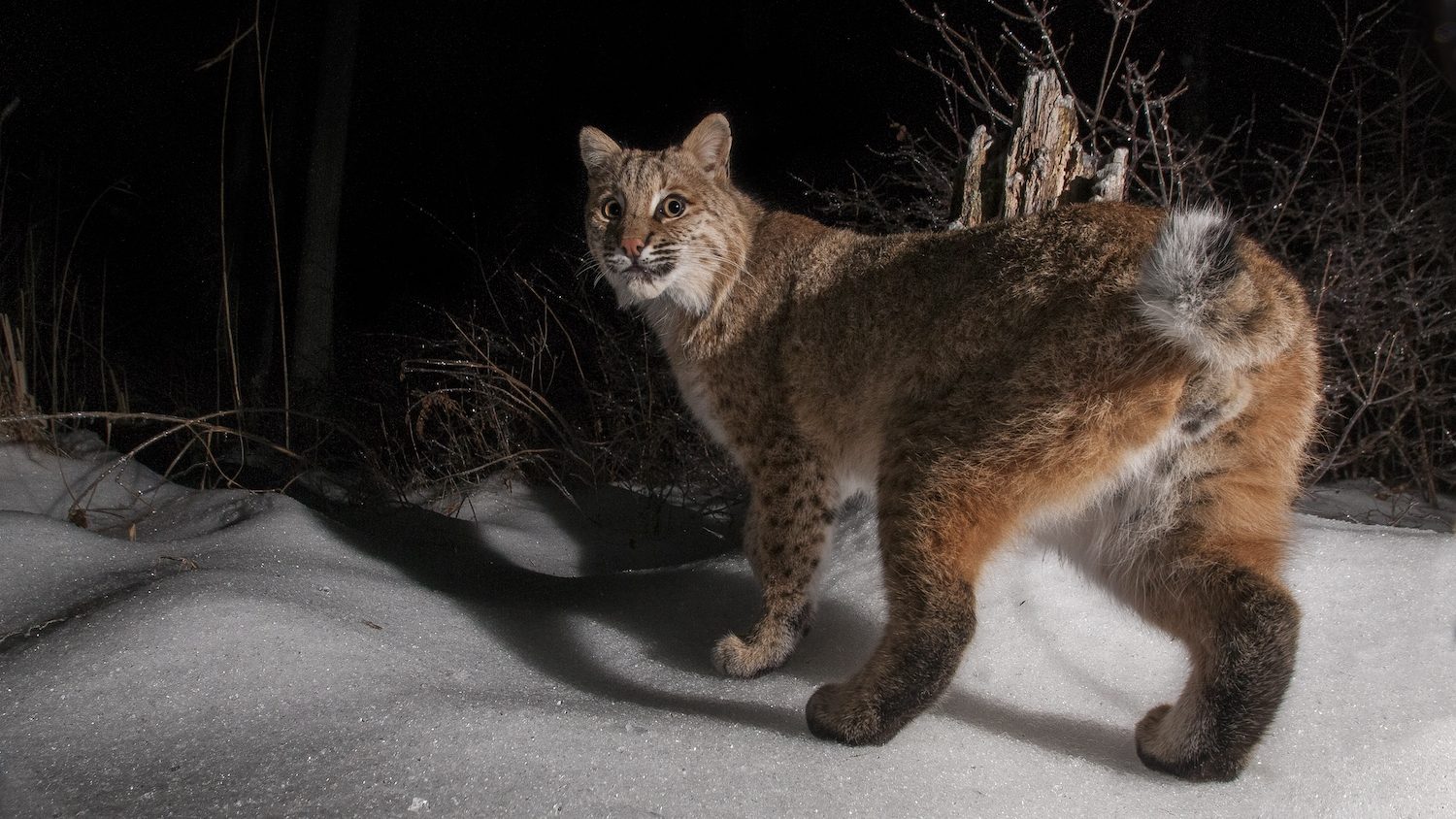
A Case of Mistaken Identity?
I pose the question to my friend and former Nature Conservancy forester Mike Eckley. Eckley has spent years on forest projects in Penn’s Woods, including the area in the central part of the state known as the “Pennsylvania Wilds.” He tells me he’s never seen any evidence, either, but has heard many stories from reliable sources.
“A key thing to remember is that there are a lot of people who are into exotic, wild pets,” says Eckley, now a lecturer in forestry at Penn State-Dubois. “Sometimes these animals can escape or be intentionally released. A lot of sightings are actually near urban areas. People might see a mountain lion that’s a released pet, and then these animals tend to quickly perish.”
It brings back a memory from my Pennsylvania youth, when my grandparents took me to visit a friend who kept a pet mountain lion in their backyard. I recall the fence made me a little nervous, and few would have been surprised if that cat escaped. Indeed, a lot of really weird animal sightings around the globe are due to animals escaped or released from private zoos and game farms.
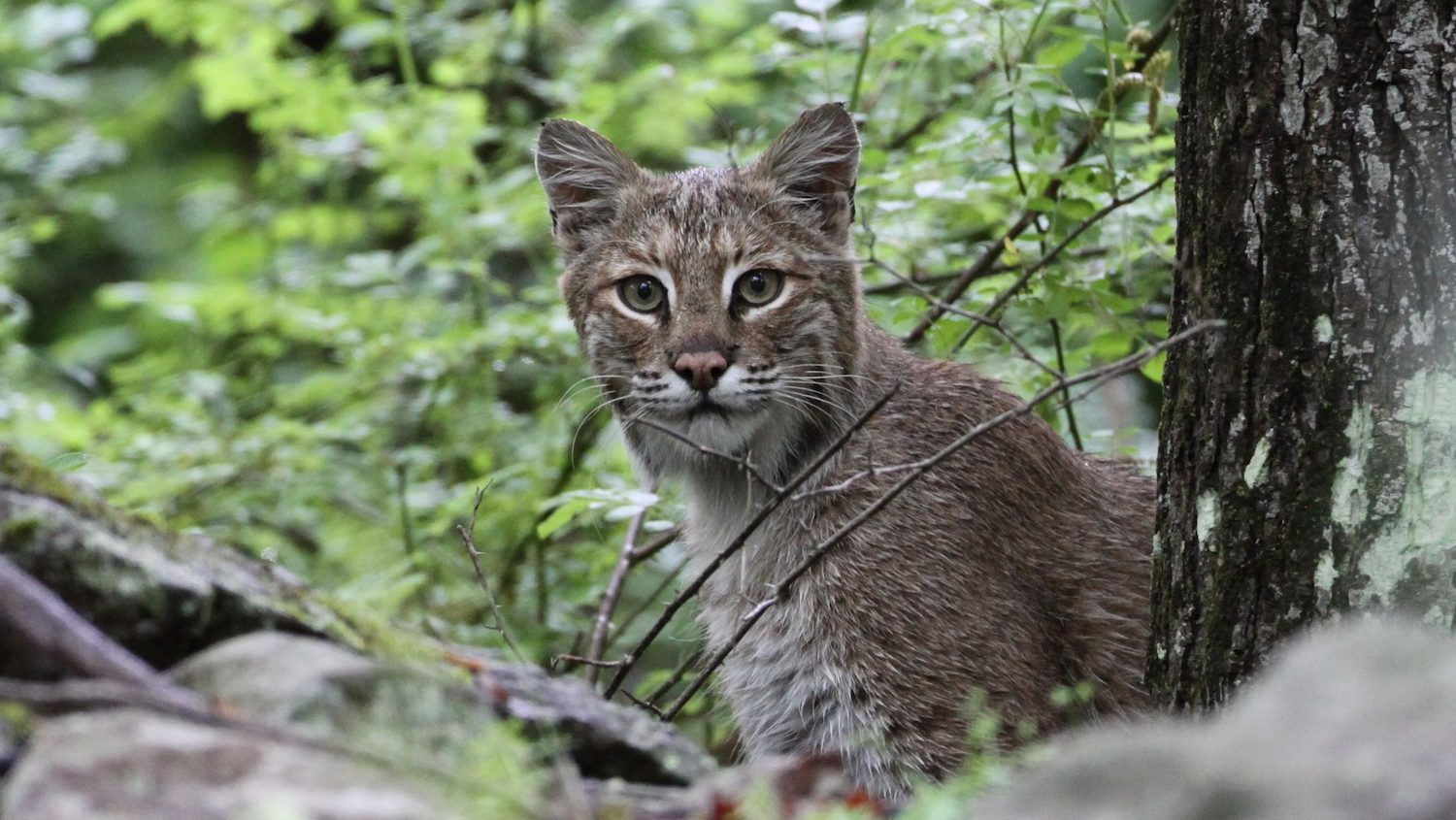
But perhaps a more common reason for all the mountain lions is simple misidentification. Bobcat populations have increased significantly, a huge conservation success. In New Jersey, bobcats were extirpated but reintroduced in the 1970s. “There are now an estimated 350 bobcats in New Jersey,” says Olsen. “They’ve learned to live within human-inhabited landscapes.”
They are also shy and elusive, but people do encounter them. And it’s not unusual for people to mistake them for mountain lions. “If you’re seeing a bobcat for the first time, they’re larger than you think,” Olsen says. “I can understand how you could think it was a mountain lion.”
Eckley agrees. “I think misidentification is the most common explanation,” he says. “A lot of times, whether in an actual sighting or a camera trap, there’s no frame of reference. It looks like a really big cat.”
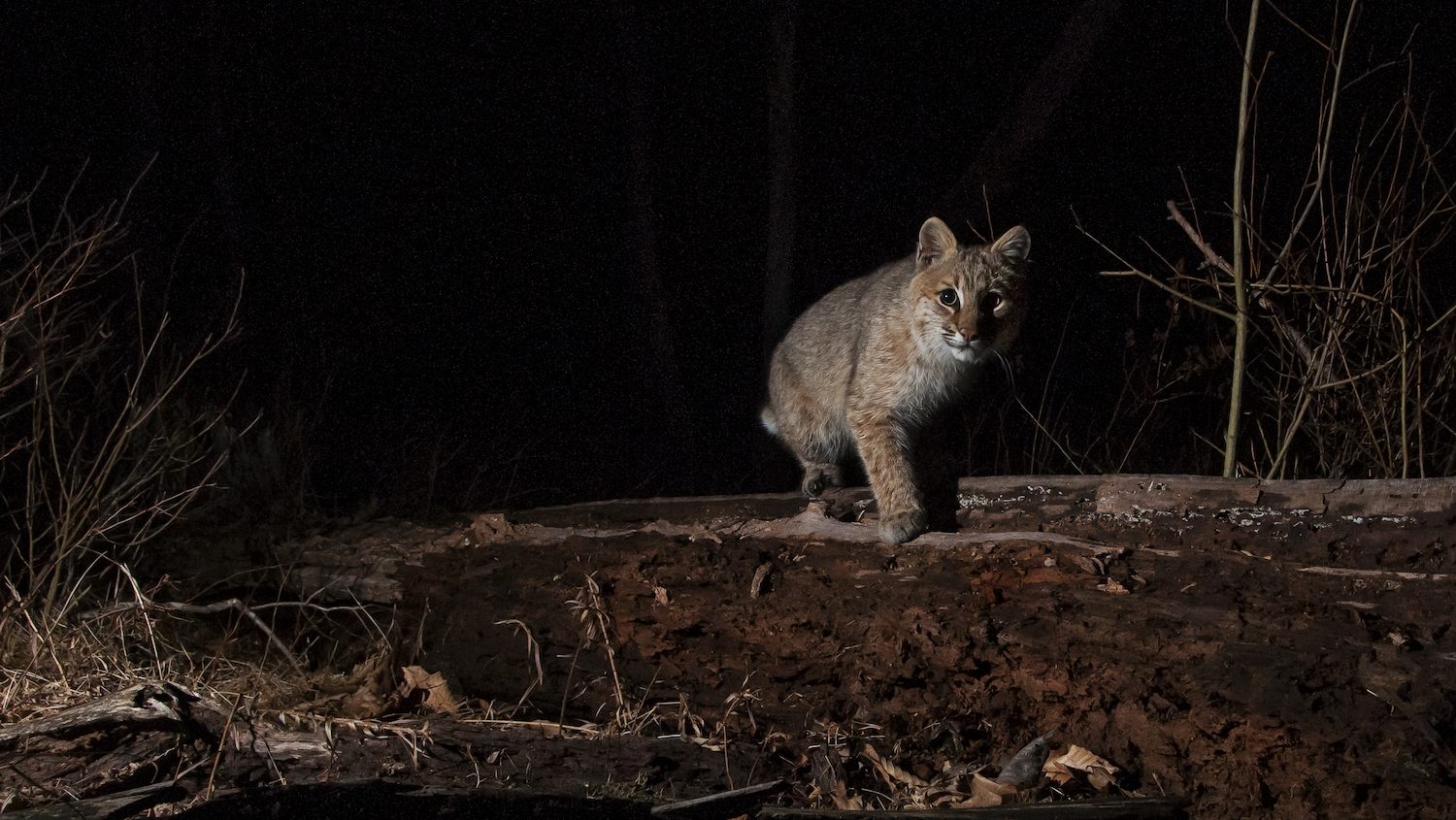
If you’re wondering, there are a couple of things that can help. First, refer to my previous field guide to commonly misidentified wildlife. Namely, this rule: “If in doubt, it’s probably the least exciting option.” You simply have to rule out bobcat before you can ID a cat as a cougar.
There’s one really simple distinguishing characteristic: the tail. The bobcat, as its name implies, has a bobbed tail, quite short and stubby. The mountain lion has an unmistakably long tail.
Assessments like this invariably make some people angry. Both Olsen and Eckley note they have not ruled out the possibility of mountain lions. They just want to see hard evidence.
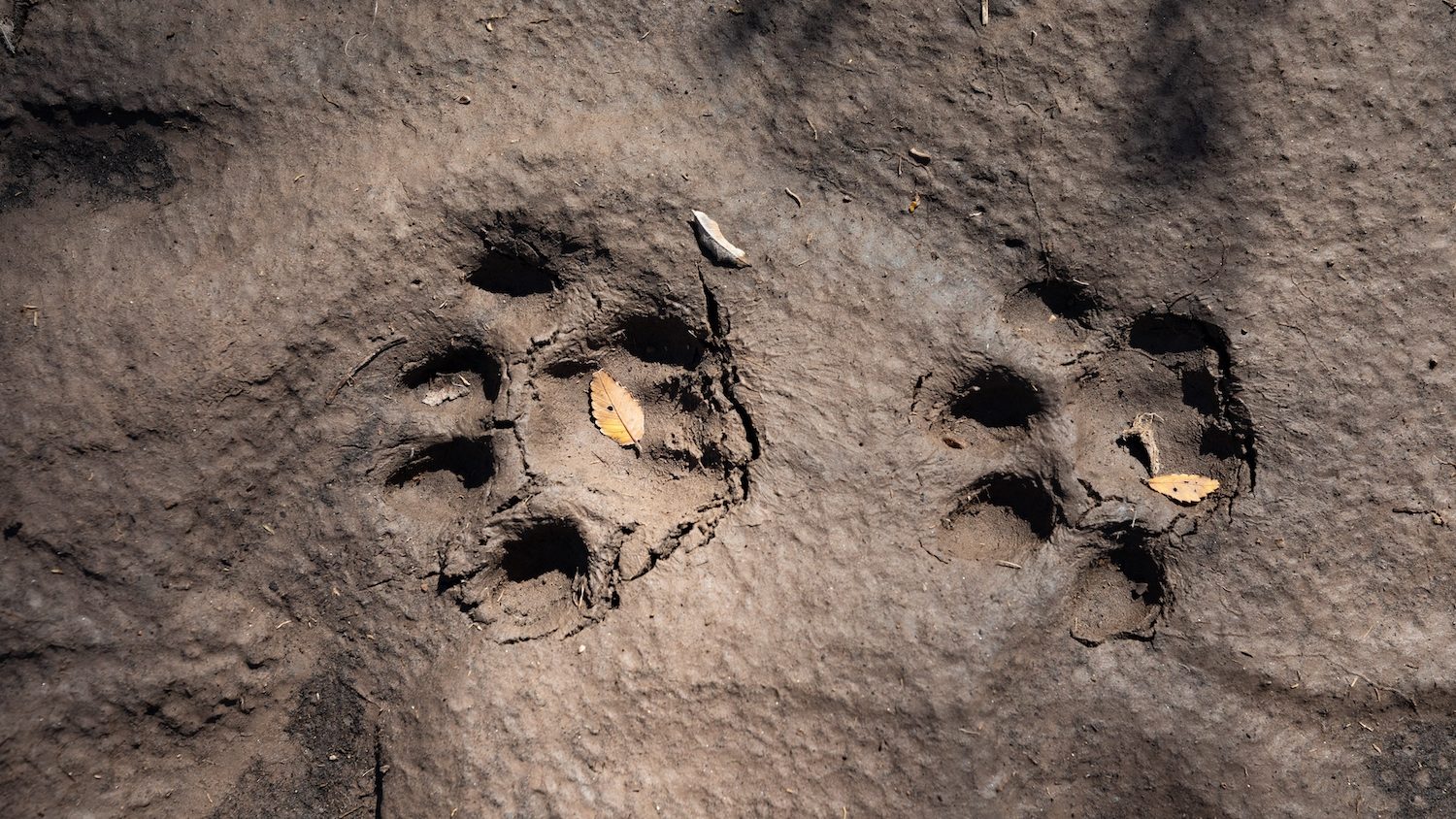
Could Lions Return to the East?
To me, the most compelling question is not “Do mountain lions exist in New Jersey?” It’s: “Could they?”
I recently fished for brook trout in New Jersey’s portion of the Delaware Water Gap National Recreation Area. As I walked along beautiful mountain streams, I saw tracks of black bear and whitetail, and caught beautiful native trout. At times, it felt difficult to believe I was so close to millions of people.
Olsen notes that New Jersey is projected to be the first state in the nation to reach functional buildout, meaning nearly all land has been developed or conserved. But he notes that conservation has also been remarkably successful in such a densely populated state. New Jersey’s Green Acres program and many non-profit organizations, towns and counties have played important roles in preserving land.
TNC has protected more than 60,000 acres in New Jersey, no small task in a small, highly populated state with high property values. Lately, establishing corridors between conserved lands has taken on new importance with species needing space to move amidst dense roadways and challenging climate conditions. One such effort is protecting a 96,000-acre corridor for bobcats to move, known as “Bobcat Alley.”
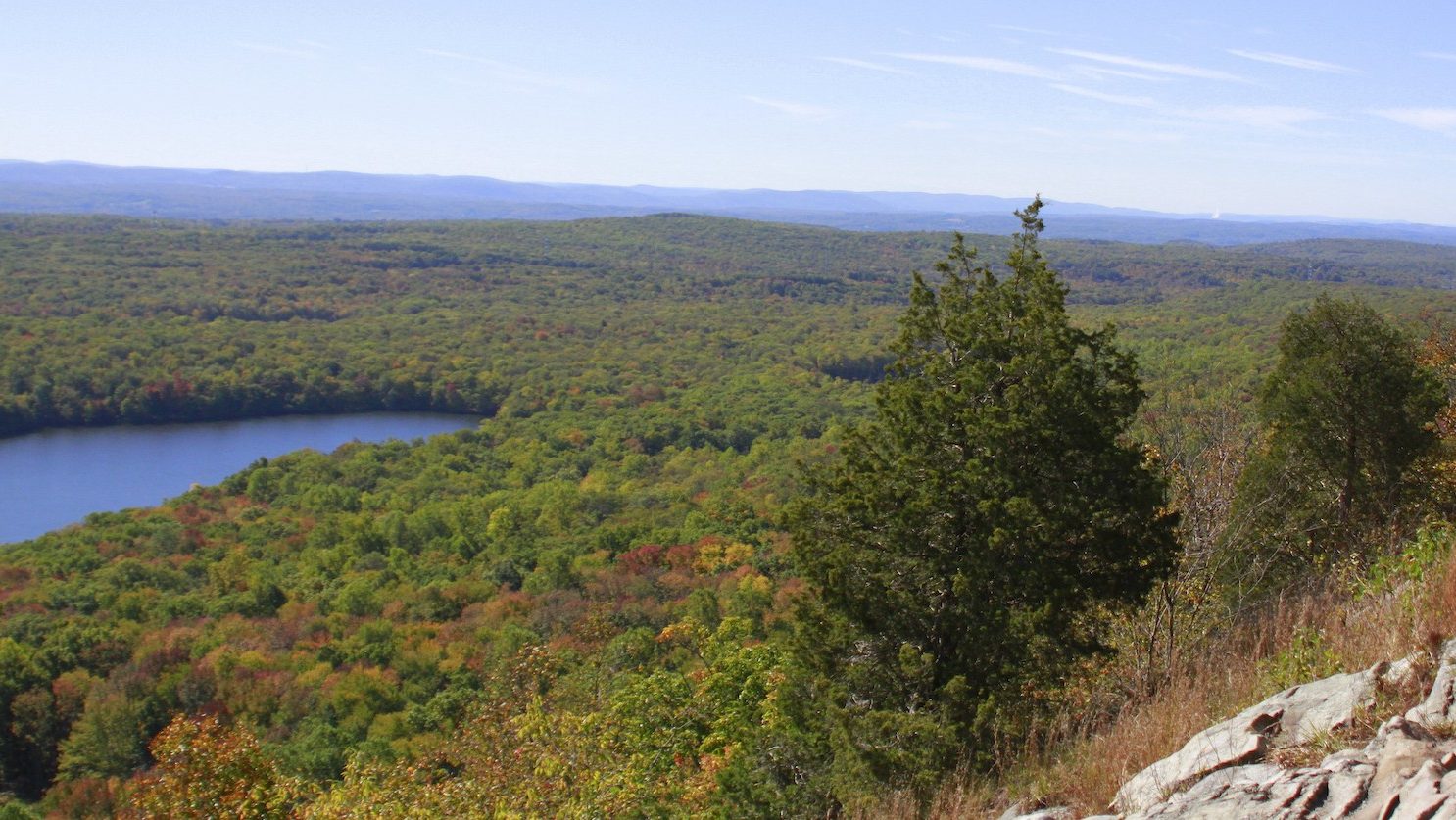
“We’re protecting forests, fields and farmlands, preserving the best of what’s left for nature so species have the ability to thrive,” says Olsen. “And then we take it the next step: how can we connect protected areas in other states in the Appalachians?”
TNC’s work in the Appalachians focuses heavily on this connectivity. That gives species room to adapt and roam.
Mountain lions are famous roamers. They’re territorial, so young animals often strike out in search of new territory. If they came east, they’d need these connected lands. And they’d need prey. “The prey base is there,” says Olsen. “Our ecosystem is out of balance with too many deer. The forests are suffering as a result. The mountain lions would have plenty to eat.”
New Jersey's Bobcat Alley
Once nearly extinct in New Jersey, bobcats are trying to make a comeback. To survive, they need room to roam.
As such, the eastern mountain lion must be considered not a creature of the past or of myth, but a creature of hope.
“I bring a lot of skepticism to the topic, but I also do have hope,” says Olsen. “I hope that we will have done a good enough job of protecting and connecting habitat that there could be a time when lions arrive on their own – and survive and thrive here.”
For now, bobcats remain New Jersey’s only native wild feline, and even they can lose as much as 25 percent of their annual population to automobiles. Protecting and connecting strategic land in New Jersey and the Appalachian states is the best way to ensure they continue to have a home – and maybe even to give big cats with longer tails a chance to survive in the East.
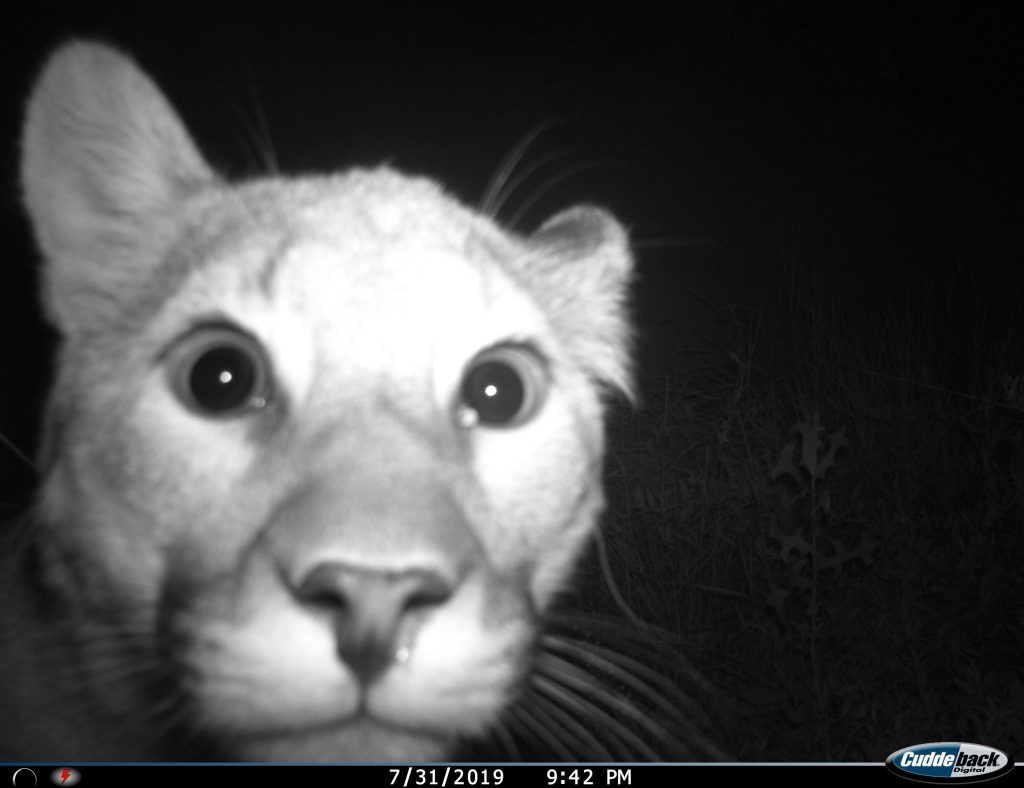



I was driving home from work a few years ago on route 94 in Lafayette New Jersey. It was around dusk and there was a cornfield on my right hand side and I know I saw a mountain lion probably 10 yd of in front of me run across the road. The next day when I went back to work I had questioned a few of the people at work that I knew were hunters if they had seen mountain lions and if you haven’t said that while they were out hunting during deer season that they had come across mountain lions in the woods. So yes I believe there are mountain lions in New Jersey at least up in a Sussex county area.
Confirmation that mountain lions are present and breeding in NJ would probably be best to be kept mum like the specific sighting locations of other secretive wildlife. I fear that some might want to harass or hunt them for the thrill and novelty of taking one. Thanks for the interesting and well-written article.
Yes This is indeed true I’ve seen one with my own eyes last summer 2023 I was driving and it was estimate 2AM or 3Am when told my children I believe I just seen a mountain lion they responded and said there’s no mountain lions in NJ i can never forget because the tail was long that’s how I knew it was a mountain lion
After spending lots of time in the woods over my life, I think it’s possible there could be more lions migrating from out west than is currently known, but, there are no breeding populations of lions (Eastern or otherwise) in the mid-atlantic or New England. In PA (and in other rural areas I’m sure), the public lands are covered in trail cameras and armies of hunters in rifle season. One or two individuals may survive unnoticed, for a few years, but not a breeding population. And NJ, forget about it. There was one from out west roaming around my home town in 2013 I think (it was actually caught on camera) but I guarantee that guy isn’t there making more baby mountain lions.
Amusingly, I was out running one day not long after the sighting and a larger feline ran across the road. I thought it was the mountain lion in the moment, but when I collected my thoughts, I realized it was too small to be a mountain lion and was almost certainly a bobcat (which do live in NJ).
2003, July Millstone NJ afternoon thunderstorm while bicycling the deserted D&R Canal path my son and I came across a Mountain Lion hunting fawns overlooking the Raritan river. We called the Somerset County Park rangers who took a report but denied our eyewitness account that it was a ML.
They are anywhere there is a living food source. Anyone who denies that is living with a bag over their head.
I’m 66 years old and in my life I have seen 3 mountain lions in Pennsylvania but there not here thay say B.S.
I was so glad to see this article because I believe that I saw a mountain lion in Maryland last April. It was about 10 PM in the evening. When I contacted Fish & Wildlife (both Federal & State) I was told that there were no mountain lions in Maryland, that it was probably a coyote. Having lived near the Rio Grande in New Mexico I have come face to face with coyotes and this was no coyote. Originally I thought it might be a bobcat or lynx but ruled that because of the long tale as it ran. The area where I saw it was near the Patapsco River where there much wildlife – deer, turkeys, etc. – which entice a mountain lion. This article confirms my suspicions since New Jersey is adjacent to Maryland.
There are definitely mountain lions in New Jersey despite many saying they don’t live in this state. Many people see them in north jersey and around Delaware water gap. I myself saw one unfortunately dead on the side of 287 and I was in traffic. I passed slow. It was clear as day with no possible mistake. My second point is that how could they not be in this state if they are in NY AND PA. there are no borders preventing them from traveling here. I strongly believe To prevent mass hysteria fish and game say they aren’t here. I also know others who have seen them on trail cams or in their yard up in north jersey.
I don’t know about new jersey but pa I am sure has the big cats and have trail cam pics that show them in all there glory.
There was a photo from in my town in Morris County from a resident who photographed one from overlooking their den. I can’t recall so assuming a bobcat. Much bigger than might be expected.
The healthier we treat our environment the more wildlife we can experience! Thank you for what YOUdo! To see a mountain lion in nj- no words could express how happy I would be!! 🐿️🦊🦝🦡🐻🐷🐇🐗🫎🐮🦄
Saw a mountain lion in 2013 with my dad and brother. From Green Twp. Several neighbors also saw it. Long tail. Not mistaken identity. How dare you question our integrity. Don’t be disgruntled that you have all this education and data and it’s wrong: Are they FROM here? Probably not. Most likely passing through.
I live in Florida but moved from NJ and I have a picture of a mountain lion in my backyard near the sourland mountain range in somerset County so yes there are mountain lions in New Jersey. Mathew Miller should read this.
Two workmen at heavily forested lake community swear they spotted a pair of mountain lions. Yes, very long thick tails were described. Sussex county, NJ.
We live there and have seen and heard Fisher Cats. Remember when that was considered impossible, too?
About 1990 I was fishing mulhockaway creek and found what I believe were mountain lion tracks. In the mud. I went back the day and took pictures and pretty much confirmed my suspicion. I called the northern region fish and game and they vehemently did not want to see the pictures. I later learned they’re tight around the corner. Suspicious.